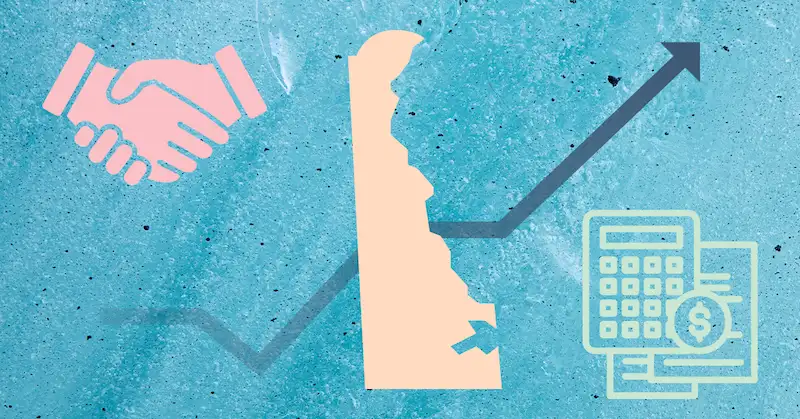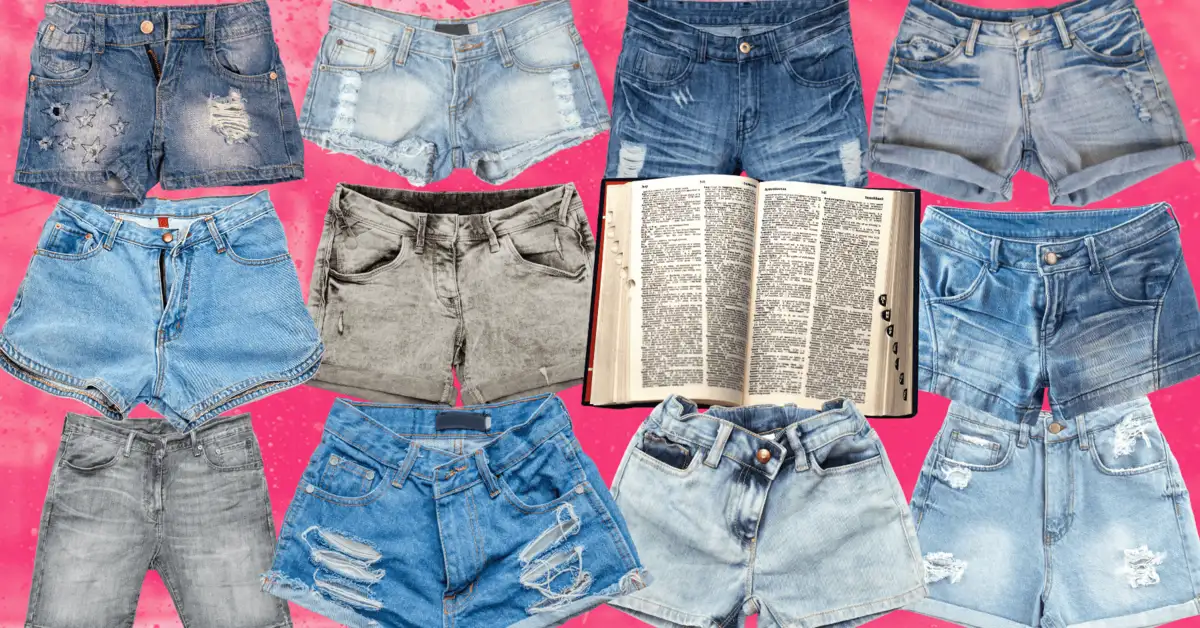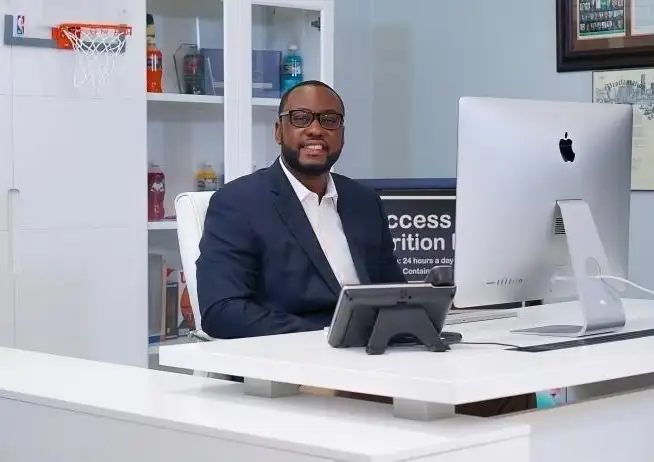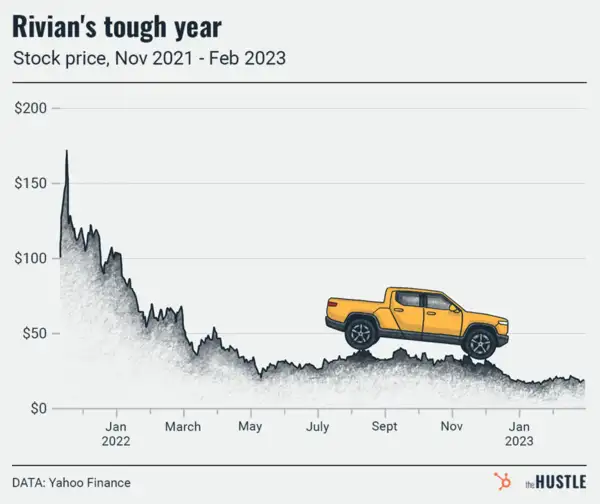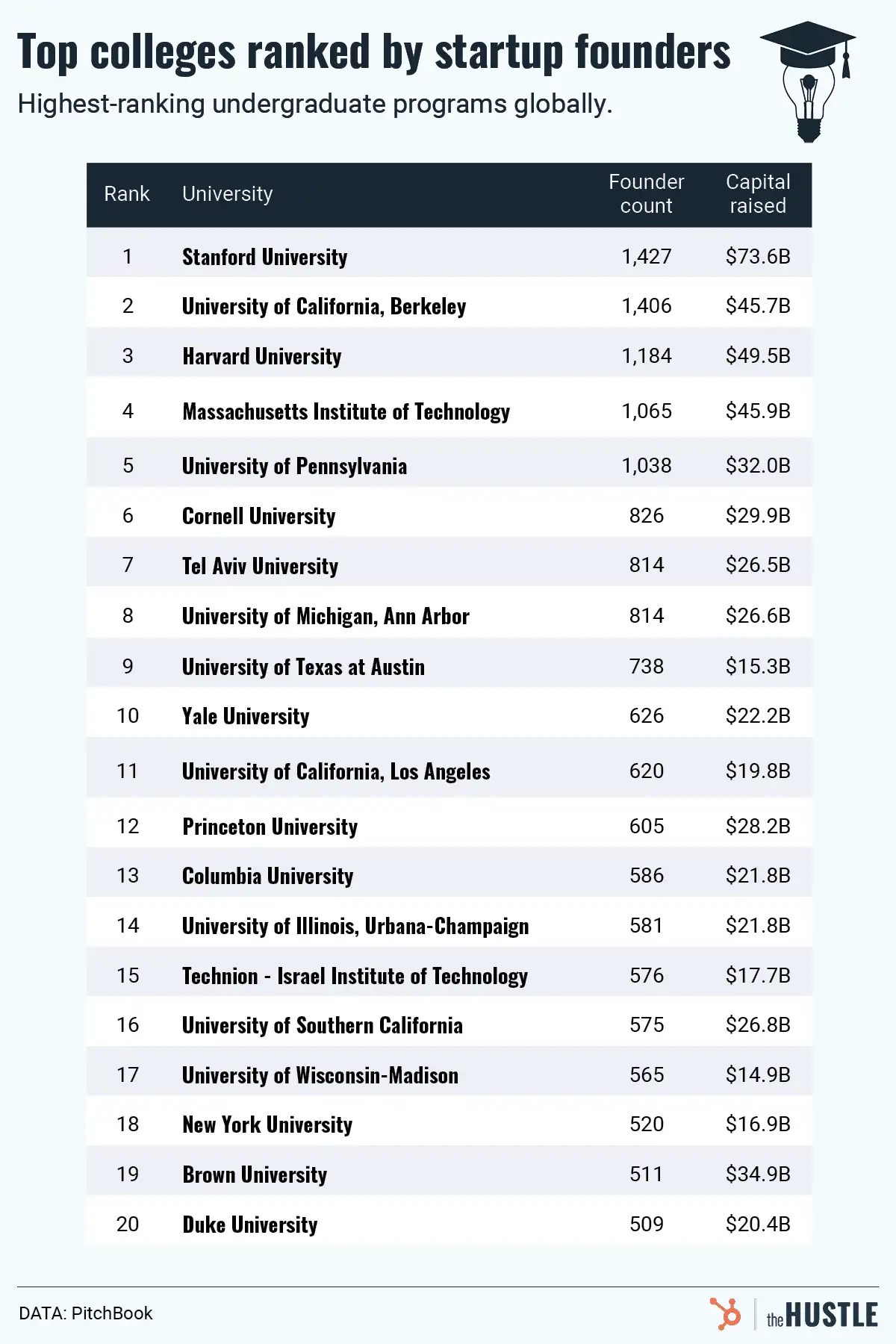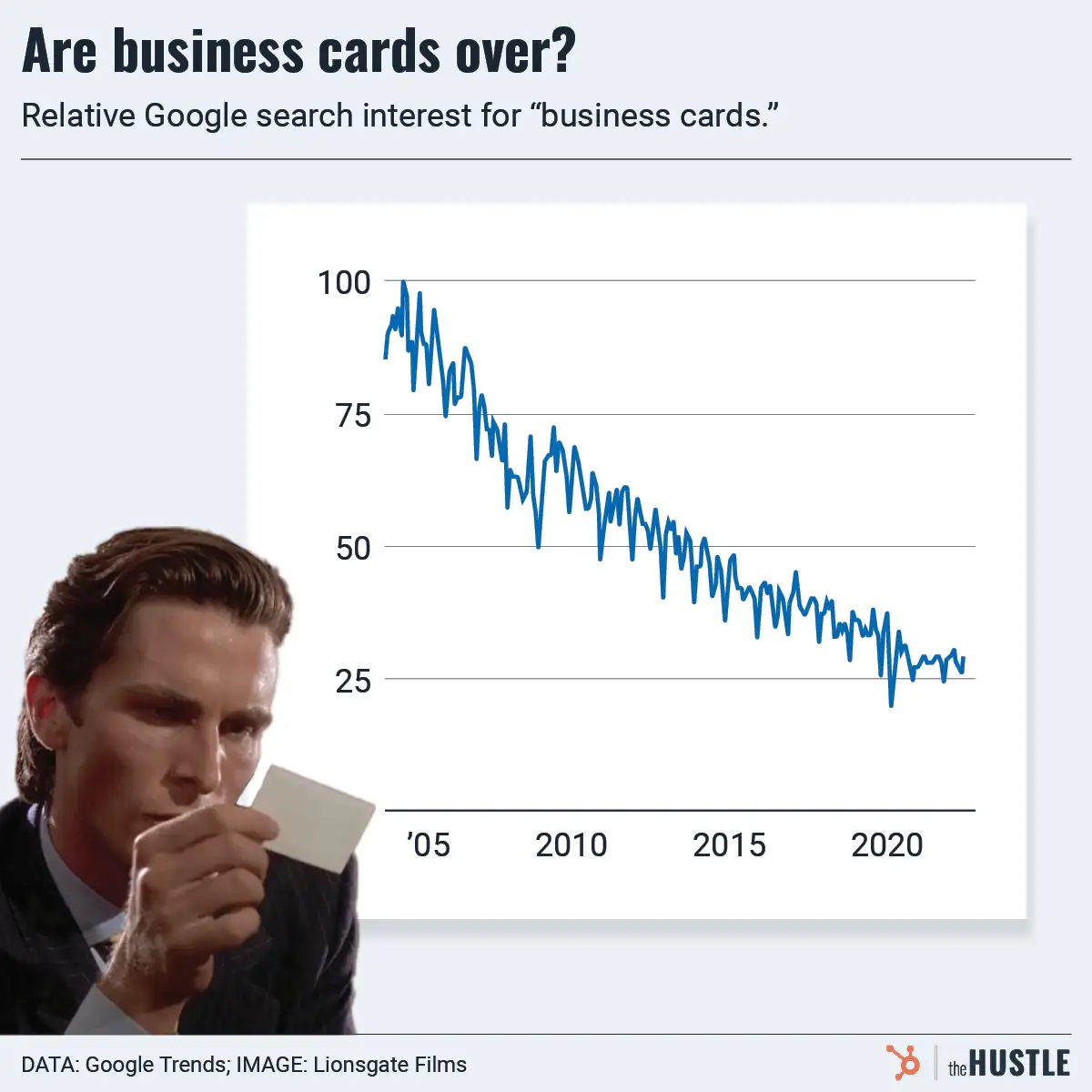SoleSavy co-founders Justin Dusanj (left) and Dejan Pralica (right).

***
Sneakers are big business.
Investment bank Cowen pegs the industry at $100B; within that, the reseller market is worth $8B and forecasted to grow to $30B by 2030.
A number of sneaker marketplaces (e.g., StockX, GOAT) are trying to capitalize on the opportunity.
But, according to Dejan Pralica — the founder and CEO of SoleSavy (a subscription-based sneaker community) — these reseller markets operate from a bad premise: “how can I make the consumer pay as much as possible above retail?”
With an annual run rate of $1.8m, SoleSavy just raised $2m to expand its offering, which currently gives subscribers access to:
- A private Slack community
- Exclusive weekly giveaways, coupons and sales
- Sneaker monitors that sends alerts on new sneaker drops with add-to-cart (ATC) links for instant purchases
Pralica tells The Hustle about the startup’s different approach to user onboarding, community and ecommerce as well as SoleSavy’s proprietary retail tech.
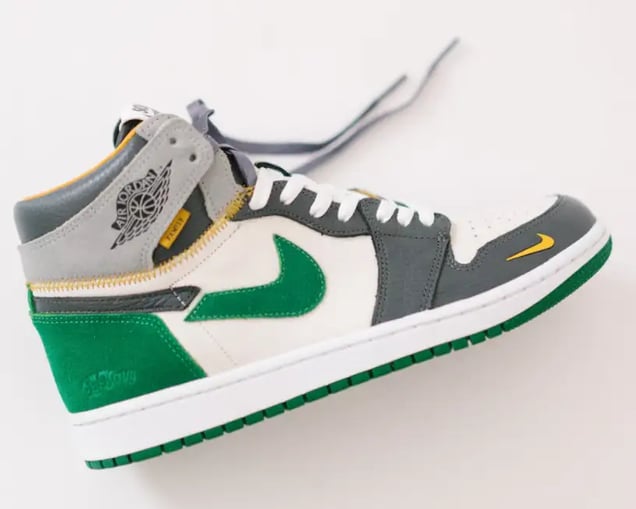
***
Dejan, let’s take it back – how did SoleSavy get its start?
In 2018, I was frustrated with the sneaker space. All of the innovation was predominantly in marketplace (e.g., StockX, GOAT). At the same time, innovation was happening in bots.
All of this innovation was centered around this underlying premise of “how can I make the consumer pay as much as possible above retail for a product that they want?” I always felt like that was the wrong way to think about the market, and by 2018 I was fed up. I started wondering how I could do two things:
1. Bring the culture together through community, and help people find others that understand them at their core, and won’t judge them for dropping $600 on sneakers.
2. On the other side, how do we provide value to the community?
Our value proposition at the time and today, is how can we save people money? Whether that’s buying products for retail or exclusive group discounts or coupons. We want to make our membership as free as possible. We started with a Wordpress site and PayPal subscription, and here we are now.
I know sneakerheads, and have heard a lot of frustration with the status quo around marketplaces. It seems like y’all are truly building something people want.
Absolutely. I believe we are building, in my opinion, the future of digital retailer experiences. We have thousands of members now, and can go to brands and ask, what can you do for them? And the brands will listen, because this is their best customer.
Why did you choose Slack given Discord’s popularity with the sneaker community?
Discord is more of a live chat experience, and doesn’t foster that feeling of community. The OG discussion board/forum feeling is completely gone from Discord because it’s mainly people talking. There’s no coherence of who’s responding to what, and ultimately, if you come home from a long day at work and want to catch up on what’s going on in the community, you can’t really do that on Discord.
In Slack, you have topics and threads that keep conversations organized and allow people to scroll through the channels they care about and catch up on what they need. For instance, they can check our #announcements channel to see what’s going on, or they can check the #Copped channel to see what people are buying.
I just find the organizational aspect of Slack to be much better for what we’re trying to do. I also think Slack is a little easier to grasp for the average consumer, which has definitely helped make for an easier onboarding experience.
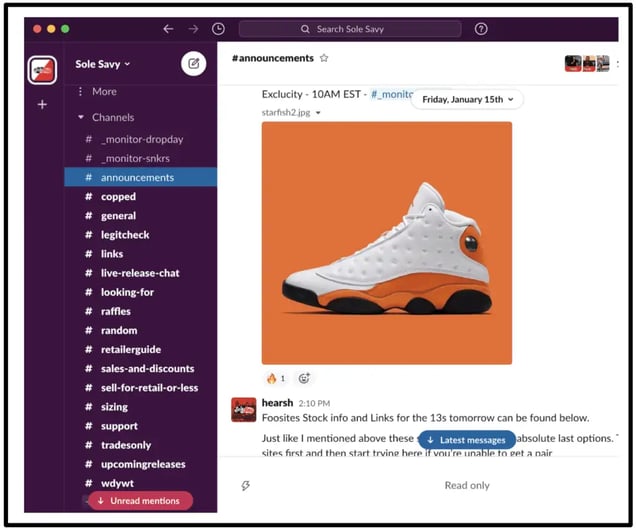
One of the coolest things you guys do that I think is so disruptive is cohorts of members. Can you talk about that?
We have multiple cohorts that only engage with each other. For instance, our first thousand members are all Canadians (since we launched in Canada), and they’re in their own community, and don’t interact with the other communities. They all know each other and have built a real sense of social currency that comes from a level playing field.
We tend to close-out cohorts around 1,200 to 1,300 users, which we feel is a big enough number to open up your network and expand your personal reach without getting drowned out in the noise that might happen in a community with 10,000 people.
We call that the Reddit problem, where Reddit is so public and so big, that if you decided to get into sneakers today, it’s very intimidating. You probably don’t feel as comfortable participating in something where there are 2M listed users. No shots at Reddit, we love Reddit, but at any given time, we have more active members in our community than in the Sneakers sub-reddit.
It seems like people appreciate the intimacy of a tighter group than the huge-ness of Social Media.
On social media, there’s a hierarchy, and you kind of need to be somebody for someone to care about what you’re saying. In a community with a level playing field and no follower count, anyone can contribute and they’re going to get a response – and that, in my opinion, is how you build community. If you don’t have that cycle going, you just have a shouting match of the loudest voices and that’s not community.
We’ve found our communities typically settle right around 1,100 members. That’s when members start recognizing each other’s names, icons, cities they’re from, taste preferences, and it becomes a real, valuable experience for people. We’re still experimenting with community sizes, but right around 1,100 to 1,200 has been our sweet spot.
The cohorts seem like a genius idea for not only driving engagement with other members, but also to allow you all to continue growing without the experience getting stale.
Totally – if you think back on your high-school experience, and not that we’re trying to recreate high school by any means, but depending on how big your school was, you probably at least knew most of the people you went to school with.
If you didn’t know a person, you were at least familiar with them or recognized them. That dynamic is super hard to duplicate online, and the cohorts really help with that sense of familiarity.
Can you explain ATC links and sneaker monitors for a newb?
Sneaker monitors are essentially scanning a ton of sites across the world for new products. As a sneakerhead, instead of you having to manage that process, visiting all of these sites and manually checking the new arrivals section, we’re scanning these sites 3x per second and doing the hard work for you.
The average person has to check these sites, refresh, see the new product, click the product page, and they’ve already wasted 4-5 seconds. We get these notifications automatically.
The second side of that is the ATC links, or Add-to-Cart links. When our monitors pull in that info, we also pull the sizes that are in stock for that style. So our members can click the size they want, which adds a pair to your cart and automatically gets you to checkout. This seriously expedites the process, and makes it easy for the user to get to payment as quickly as possible.
That said, it’s still a very human process. If you have the intent to buy something, you initiate the transaction by picking the size or the product link, and it takes you to payment to finish that process. The human element still ensures you have a leg up on other buyers, but prevents people from being able to exploit the process.
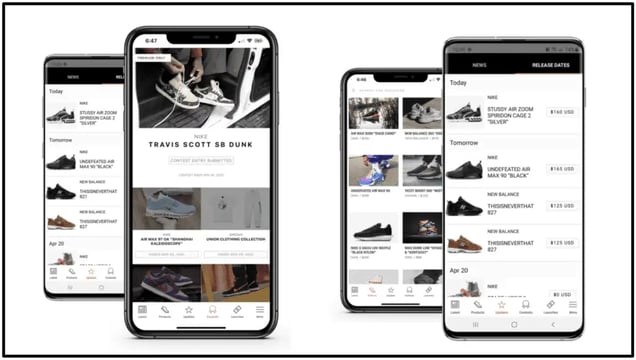
Community is so elusive and so many people mess it up, what do you think y’all have done right?
To me, community is very simple. We wake up every morning and ask, “what is the experience going to be like for a community member?” We don’t really tend to think about profits or anything like that – we just genuinely care about our customers. Because community is the core of our business, it’s natural for us to think that way.
So many companies are thinking “we need to do community” but it’s in service of increasing revenue or awareness or social reach, and it’s not coming from a genuine and authentic place, and it shows.
The way we’ve set everything up is around our members. We reach out to them directly on day 14, 40, and 70 and check in to see how it’s going and what we can help with. They’re floored that we’ve taken time out of our day to ask them a question, but that direct connection is what community is all about.
I have this theory that you don’t have a community until members are talking without you. Do you agree with that? Do y’all do anything to incentivize members meeting and engaging with each other?
That’s 100% correct. It’s not a community unless they’re talking without you and initiating conversations, and that doesn’t happen overnight.
For instance, our newest community is 5 days old, and they’re in the infancy of starting conversations and creating that dialogue, whereas, our community that’s 6 weeks old hit their stride really quickly. Within 2-3 weeks, they were all engaging with each other, asking questions.
For us, it’s been easy to facilitate that type of engagement because the playing field is level. There’s nothing when members come on telling them they shouldn’t participate. Since everyone is new at the same time, there’s no stigma about saying something right away and wondering if you said the wrong thing. Since it’s a fresh experience for everybody, people aren’t afraid to comment or ask questions.
I also think it’s the privacy of it all. Reddit’s great, but being public, there’s that fear that anyone can see what I say and come in and be like, “you’re an idiot”. In our community, there’s a level of accountability, and it feels like more of a safe-space.
Even if you’re thinking to yourself, “this might be a dumb question”, if you throw it out there, someone will come back and explain it to you because the people that understand things and have experience love to teach.
So it sounds like there’s a case to be made for building smaller communities.
It’s definitely a fine line. When I was fundraising, I was asked, “how do you build a community with 15,000-20,000 people?”, and I said, “You don’t.” I just don’t think anyone wants to be a part of that.
Have to ask…favorite sneakers of all time?
Nike Flyknit Racer. I have 33 pairs.
Best book of the last year?
Shoe Dog. I’ve read it twice and I’m reading it again. There’s something rewarding about knowing that Nike is what it is today because they just never gave up and always kept pushing.
Best advice you ever got?
We pushed our limits on sign-ups last year, and when we reported that we beat them, one of our investors replied back, “you now have new limits, keep pushing.” He’s right, you only think you’re capable of so much, then you realize you can do more.
***
Rob Litterst — a Hustle contributor who writes the pricing strategy newsletter Good, Better, Best — conducted this interview.
Business And Entrepreneurship




